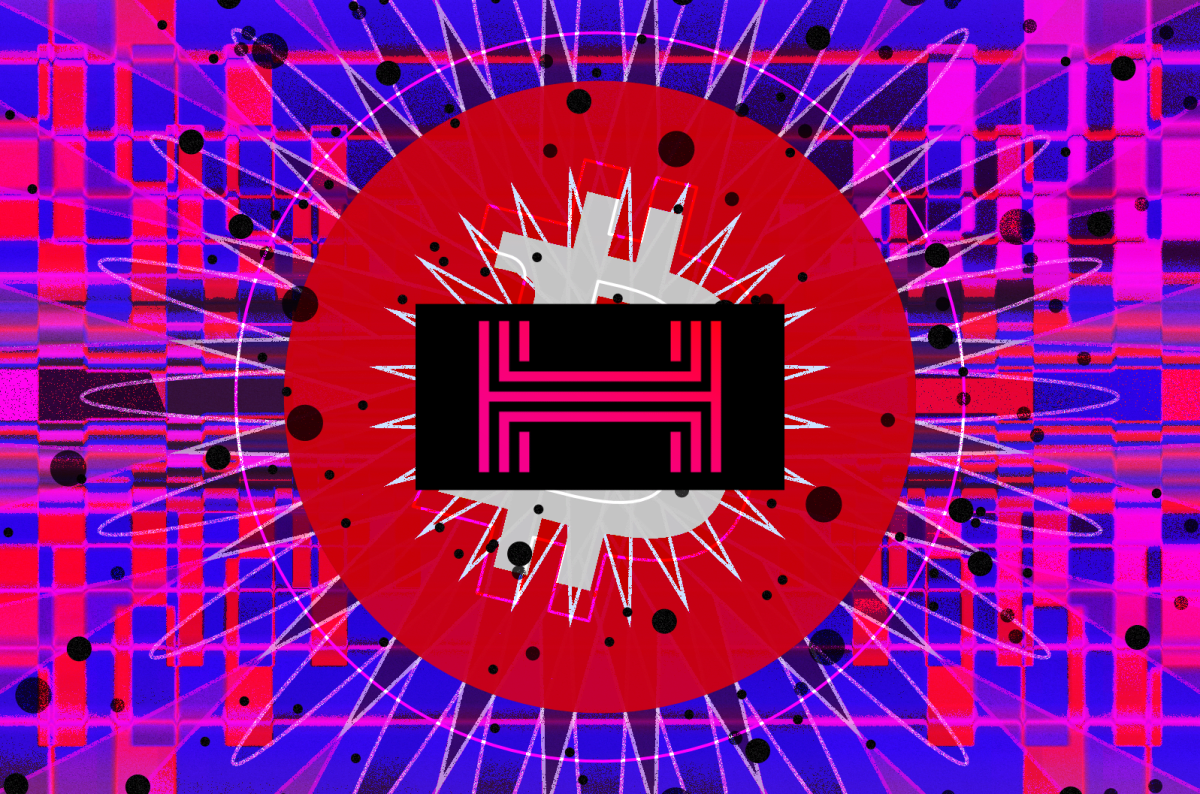
In what is perhaps the most articulate and thorough Bitcoin grant offering to date, the Human Rights Foundation (HRF) has announced a 20 BTC set of bounty challenges in support of open-source Bitcoin developers building tools and services that increase the functionality of Bitcoin. These selections, inspired by the HRF’s research and work with activists across the world, were carefully chosen to perpetuate usability and increase privacy applications within Bitcoin, the Lightning Network, ecash and Nostr.
The challenges will run through the end of 2024, with any unclaimed bounties being converted back into the HRF’s Bitcoin Development Fund. The bounties themselves have a clear privacy, censorship-resistance, and self-sovereignty focus, bringing much needed attention towards some of the greater problems Bitcoin faces today.
The first bounty is a 2 BTC reward to port the Bitcoin UI Kit to the open-source Penpot project from its current Figma file format. This kit is a large set of design components for builders to use when developing Bitcoin projects. In its current format, its use is limited to those operating proprietary software, and the HRF aims to sponsor the “replication of the Bitcoin UI Kit on Penpot,” actualizing free access and self-hosted instances.
The second bounty is a 2 BTC reward for a serverless implementation of a payjoin protocol. The bounty specifically calls for a “production-ready version 2 payjoin protocol which may send and receive Payjoin transactions without requiring a sender or recipient to operate a public server.” The Serverless Payjoin bounty asks for use of BIP-21 unified bitcoin URIs, and to remain independent from a trusted third party (hence serverless) which “could expose user privacy in a non-trivial way.”
The third bounty is another 2 BTC reward for the creation of a Nostr client implementation of end to end encrypted group chats which is incapable of leaking metadata to potentially malicious third parties. In order to be eligible, the group chat must enable three or more users to communicate, with no ability for outside adversaries to gather the content of the messages, nor the identity or frequency of the users messaging.
The fourth bounty is a 2 BTC reward for a mobile Bitcoin wallet capable of receiving and sending Silent Payments without the use of a client-side full node. The wallet must be open-source and multi-platform, with a backend that is interoperable with other mobile wallets. The bounty asks for compliance with the Silent Payments BIP, written by Josie Bake.
The fifth bounty, a 2 BTC reward for Human Readable Offers, calls for a bolt 12 offer generator to be integrated into a mobile wallet. Ideally, a bolt 12 offer could be communicated from a phone screen to a human without the use of copy and paste or a QR code scan, similar to how a Bitcoin or Lightning address is displayed.
The sixth bounty is a 2 BTC reward for a Lightning address generator within a mobile wallet that is self-custodial and accessible with just a smart phone. This implementation “should not require the user to set up their own web server.”
The seventh bounty is a 2 BTC reward for a mobile integration of border wallet functionality into a current Bitcoin wallet. The idea of a border wallet is to allow users to generate and practice memorizing their seed phrase for moments of cross-jurisdictional movement.
The eighth bounty, a 2 BTC reward for easy multisig functionality, is aiming to bring coordinated 2-of-3 multi-signature usability and generation within a mobile wallet at the tap of a button. The bounty also mentions the mobile wallet must remain self-custodial, complete with an open-source method to recover funds beyond the multisig application itself.
The ninth bounty is a 2 BTC reward for a self-custodial wallet implementation powered by FROST, or flexible round-optimal Schnorr threshold signatures. This dynamic multisig protocol must allow for modification of the signer set without transferring the funds to a different address.
The tenth and final bounty is a 2 BTC reward for the ecash protocol, Cashu. This bounty, unlike the others, is split up into four 0.5 BTC bounties, with specific requirements for further applications of this open-source Chaumian ecash system. Bounty A calls for an iOS Cashu app, while Bounty B calls for an Android Cashu app, both requiring a fully functioning, open-source wallet with the capability to support multiple mints, use seed phrase backups for fund recovery, as well as send and receive ecash over Nostr. Bounty C aims to bring to life an open-source Cashu web widget capable of enabling anonymous payments for paywalled content, capable of interacting with a user’s bitcoin address. The final bounty, Bounty D, is a half bitcoin reward for actualizing Cashu-TS backup restore, Cashu-TS being a popular Cashu wallet library for application development. Users must be able to restore balances across various implementations of Cashu in order to provide security of users via a seed phrase back up scheme akin to how most users back up their bitcoin wallet.
The HRF stated that this is an “initial set” of 10 bitcoin challenges, and more bounties may be added as time goes on. The team or individual developer who “fully solves” any of the Bitcoin bounty challenges will be eligible to receive the 2 BTC bounty. All eligible submissions will be discussed among external industry experts in order to select the submission best meeting the requirements of their challenge.
Individuals and parties interested in participating are asked to contact [email protected] with any question, and more details about the bounties can be found here.










